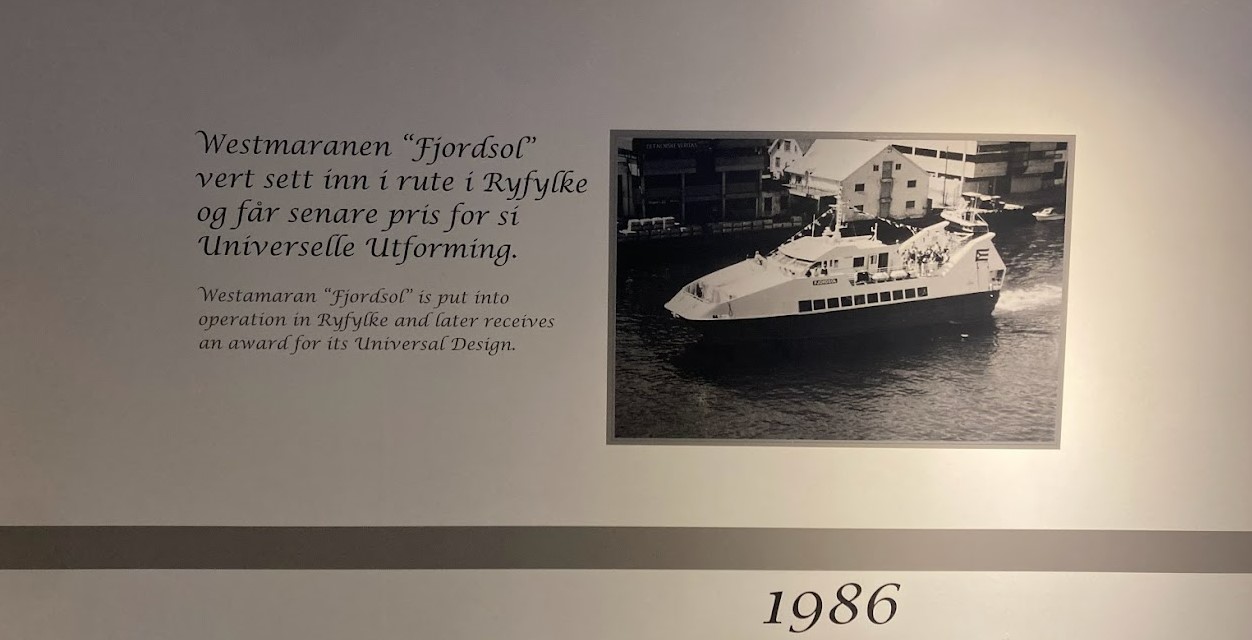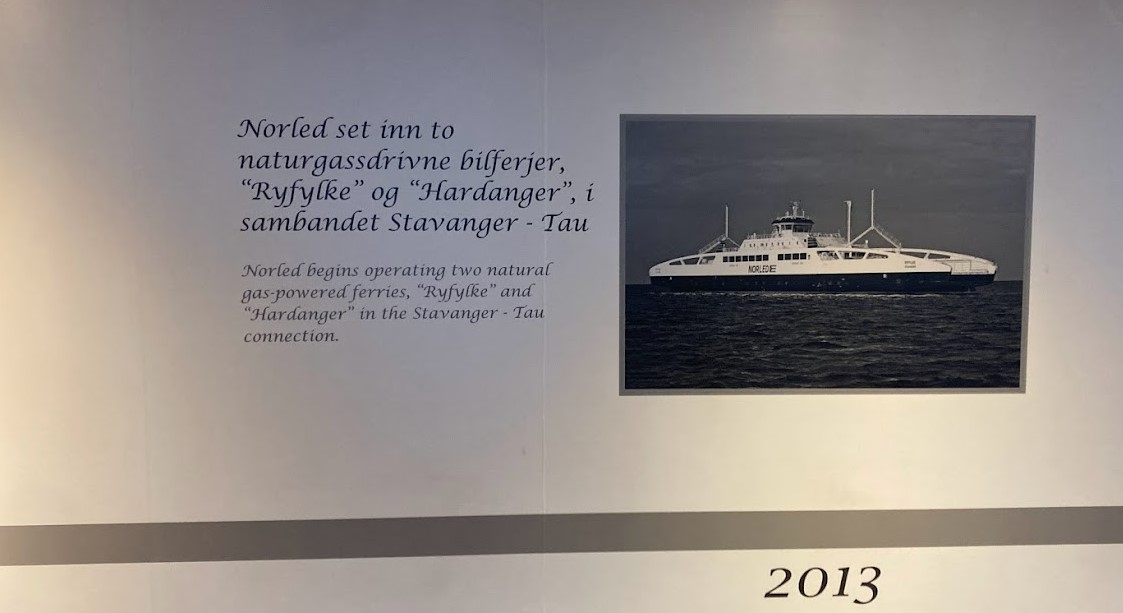I am on a ferry on the Sognefjord in West Norway, Ms Ampere. It’s clouded, some rain and 9 degrees celsius. Few passengers, a couple of tourists. The scenery is far from the images that attract tourists during the summer months. I can see a snow-covered mountain as a few rays of sunlight break through the clouds. We cross the fjord smoothly on the world’s first battery powered ferry. Very little sound from the engine, no exhaust.
A few days later, the UN chief Antonio Guterres says the world must reprioritise, or the world faces catastrophe. And three days ago, the UN Emissions Gap Report came out, backing Guterres statement: “Policies currently in place point to a 2.8°C temperature rise by the end of the century.”









Ferry, that’s fine, what about cargo ships?
Back in Oslo, I think about my ferry trip. How is it going, really with the shipping industry? The shipping industry is responsible for 2.5 – 3 per cent of global emissions. We need to take huge steps to go from small ferries crossing fjords to large cargo ships crossing the world’s oceans.
Johannah Christensen, CEO of Global Maritime Forum said in 2019 about electric ferries that “it’s really not an option for deep-sea vessels, due to the size of batteries that would be required…so we have to look for an alternative.”
That alternative came last year at the COP26, where the idea of establishing at least 6 green corridors was launched through the Clydebank Declaration.
To this, Christensen writes that “Green corridors have been linked to special economic zones at sea — arenas where companies deploy new technologies and business models at full scale, interacting with each other and with regulations and incentives tailored to their efforts.”
“This is a crucial moment for the idea of green corridors: if companies and governments wait for each other to act, too little will happen, too late. If individual companies or government agencies plough ahead with their own priorities, they may fail to create the enabling corridor framework necessary to bring these initiatives to scale.”
Electric cargo ships are already on the water
In April 2018 the International Maritime Organisation set targets to reduce CO2 emissions with 40 per cent by 2030.
Other greenhouse gases will be reduced by 50 per cent by 2050 compared with 2008. And by 2100 emissions shall be zero. However, environmental organisations say these targets are good, but far from the 70 per cent target set by the EU and Pacific Island nations.
The OECD think tank International Transport Forum however claims these targets are not ambitious enough, because we already have technology that makes a 95 per cent cut by 2035 possible.
Last year, the fertilizer company Yara introduced the world’s first zero emission container vessel.
Giant battery packs and the environment
Despite innovative solutions to optimize the use of batteries for cargo ships, the shipping industry is nevertheless dependent on the global market for mineral supplies.
Cobalt is by far the most expensive and prices are unpredictable. The quest for more cobalt has created 19th century style brutal competition. Therefore, mass electrification will have to happen without cobalt dependency.
Battery demand for electric vehicles will grow 40 times the next 20 years. And the overall demand for minerals, 30 times, according to the International Energy Agency. Cobalt demand will increase by 70 times and manganese 58 times by 2040. The demand will unavoidably lead to more traditional mining. Cobalt, manganese and nickel are among the minerals on the ocean bed. That’s why deep-sea mining is by many seen as good money and as part of the solution.

Where is the Clarion Clipperton Fracture Zone and why does it matter?
Big things are about to happen here, and it may become a game changer in two aspects.
This place is home to the most abundant polymetallic nodule deposits yet to be discovered. Will nodule mining help us to take that giant leap needed towards the renewable energy shift, or will it become another environmental disaster?
The ferry I am on started operations in February 2015. Today, some 64 electric ferries are operational in Norway.



